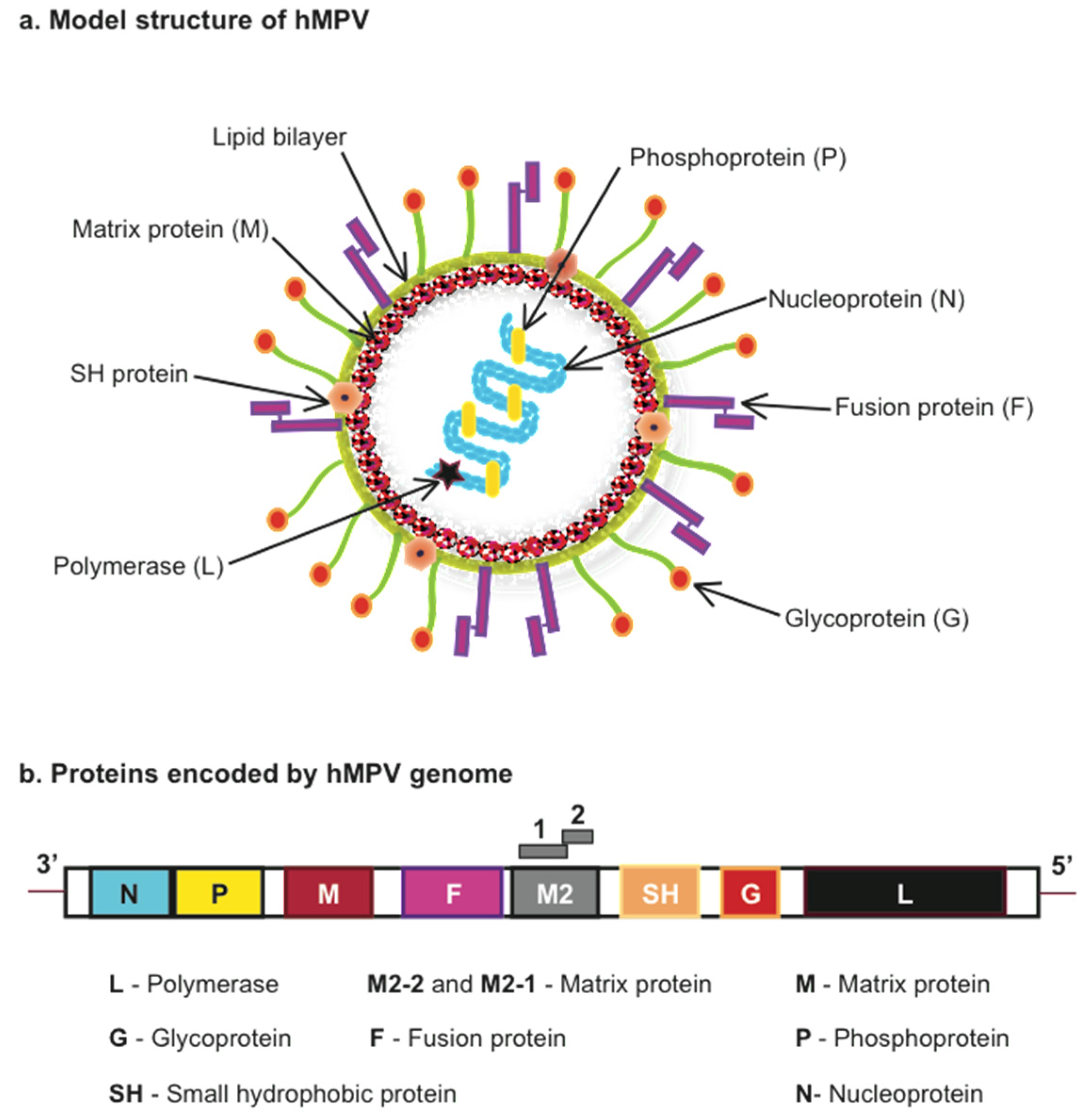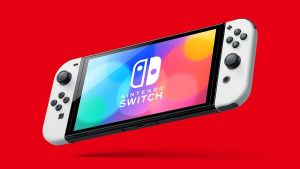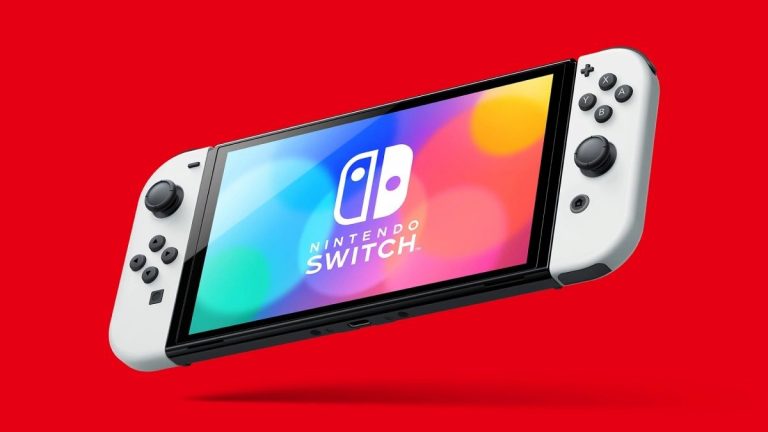China is grappling with a significant surge in Human Metapneumovirus (HMPV) infections, raising alarm just five years after the COVID-19 pandemic. The ongoing HMPV virus outbreak has led to widespread reports of overwhelmed hospitals and crematories. Social media platforms are awash with videos showing crowded medical facilities and claims of a simultaneous circulation of influenza A, HMPV, Mycoplasma pneumoniae, and COVID-19. This has sparked global concern, with many questioning the scale of the outbreak and its potential implications.
The Chinese Center for Disease Control and Prevention (China CDC) has highlighted a rise in HMPV cases, particularly among children aged 14 and under. Some reports allege that the rapid spread of HMPV and other respiratory infections is contributing to increased deaths, especially among individuals aged 40 to 80. However, no official state of emergency has been declared, and the World Health Organization (WHO) has not confirmed these claims. Despite this, the surge in HMPV virus cases has intensified scrutiny on its symptoms, transmission, and preventive measures.
Here are key things to know about the HMPV virus outbreak in China…
Understanding the HMPV Virus

Discovered in 2001, the Human Metapneumovirus (HMPV) is a member of the Pneumoviridae family, closely related to the respiratory syncytial virus (RSV). Research suggests that HMPV has been circulating in human populations for over six decades. It primarily causes respiratory illnesses, particularly in young children, older adults, and individuals with compromised immune systems.
Symptoms of HMPV
The symptoms of HMPV often resemble those of other respiratory infections. Common indicators include:
- Cough
- Fever
- Nasal congestion
- Shortness of breath
- Wheezing
In severe cases, HMPV can lead to complications such as bronchitis and pneumonia. The similarity of HMPV symptoms to those of other respiratory illnesses often makes diagnosis challenging, underscoring the need for increased awareness and testing.
The HMPV Outbreak in China
China’s recent HMPV virus outbreak coincides with the winter and spring seasons, periods when respiratory infections tend to spike. According to the Chinese CDC, HMPV is currently one of the most common viral infections among hospital visitors. Reports indicate a rising positivity rate among children under 14, further straining healthcare facilities already dealing with cases of influenza A, Mycoplasma pneumoniae, and COVID-19.
Online discussions about the HMPV outbreak often describe overcrowded hospitals, particularly pediatric facilities. Social media users have also reported an uptick in “white lung” cases and pneumonia, adding to the public’s unease. Despite these reports, Chinese health authorities have yet to confirm a direct link between HMPV and an increase in mortality rates.
How HMPV Spreads
HMPV spreads primarily through respiratory droplets when an infected person coughs, sneezes, or talks. It can also be transmitted by touching contaminated surfaces and then touching the face, especially the eyes, nose, or mouth. The virus has an incubation period of three to five days, during which individuals may already be contagious.
The weak immune response induced by this virus means that people can experience repeated infections over time. Although HMPV can be detected year-round, its prevalence is highest during winter and spring.
Preventive Measures Against HMPV

Preventing the spread of HMPV requires adopting good hygiene practices and staying vigilant in high-risk settings. Here are some key measures to protect yourself and others:
- Frequent Handwashing: Wash your hands with soap and water for at least 20 seconds, especially after touching shared surfaces.
- Avoid Face Touching: Refrain from touching your eyes, nose, or mouth to reduce the risk of introducing the virus into your system.
- Wear Masks: Use masks in crowded or enclosed spaces to minimize exposure to respiratory droplets.
- Stay Home When Sick: Isolate yourself if you experience symptoms like fever, cough, or shortness of breath to prevent spreading the infection.
- Boost Immunity: Maintain a healthy diet, stay hydrated, and get adequate rest to strengthen your immune system.
Global Response to the HMPV Outbreak
The international community is closely monitoring the HMPV outbreak in China. The WHO has called for greater transparency and data sharing from Chinese authorities to better understand the virus’s impact. Meanwhile, healthcare agencies in various countries are ramping up surveillance of respiratory illnesses, ensuring they are prepared for potential outbreaks.
Experts emphasize that while this virus has no specific antiviral treatment or vaccine, early detection and supportive care can significantly reduce the severity of symptoms. The focus remains on managing symptoms and preventing further transmission.
Conclusion

The HMPV virus outbreak in China serves as a stark reminder of the ongoing challenges posed by respiratory viruses. As reports of rising cases among children and older adults dominate headlines, the importance of public awareness and preventive measures cannot be overstated. While the situation continues to evolve, adhering to hygiene practices and staying informed about HMPV symptoms and transmission are critical steps in mitigating its impact.
By staying vigilant and proactive, both individuals and healthcare systems can better navigate the challenges posed by the outbreak and other respiratory illnesses.
Featured image: Reuters Image
For the latest in fashion, lifestyle, and culture, follow us on Instagram @StyleRave_
—Read Also


























+ There are no comments
Add yours